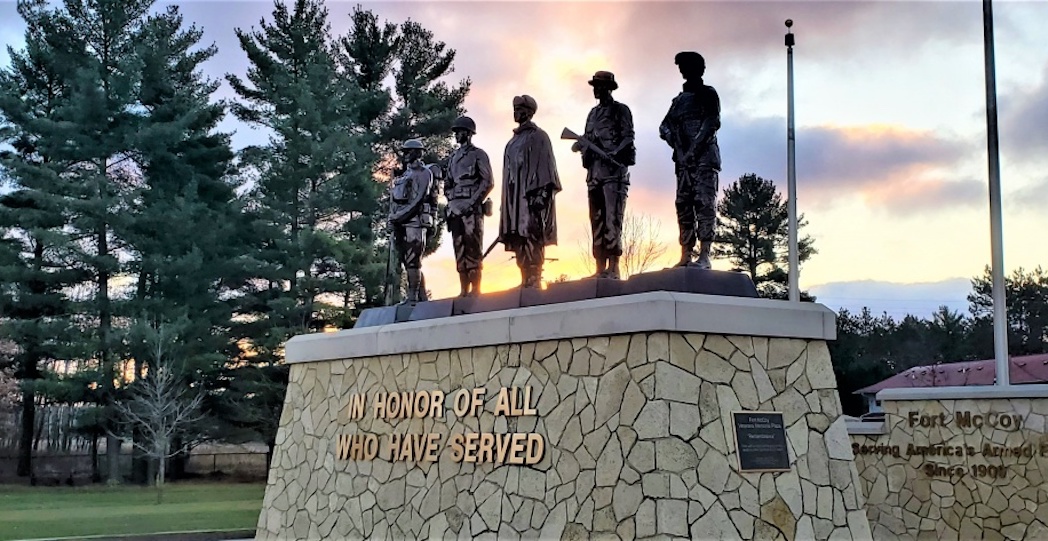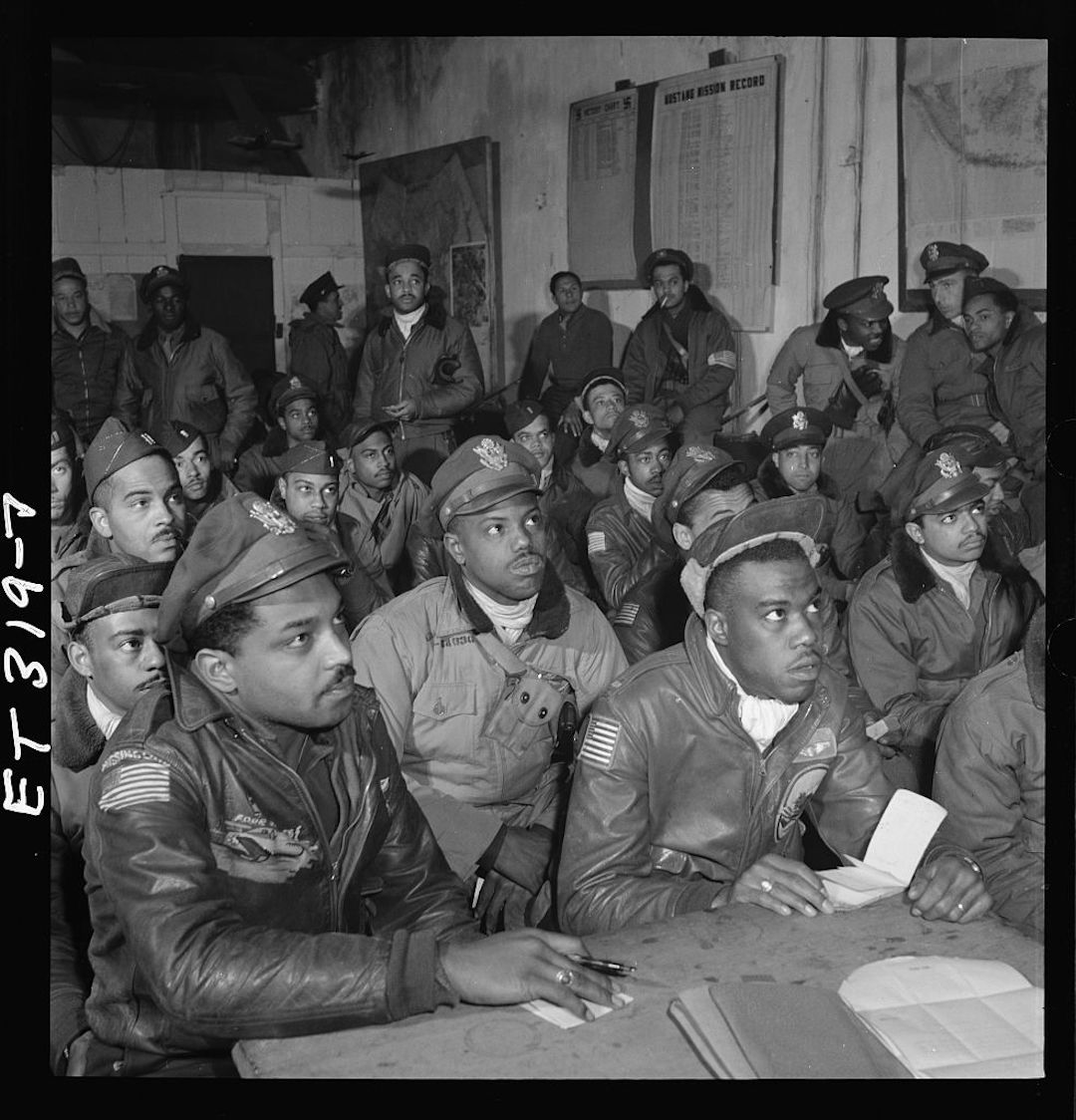In the early 1900s, the military looked far different than it does today, especially for women. In the American Revolutionary War, the roles of a woman in the military were limited to nurses and aides. In the Civil War, women stepped into non-traditional roles such as spying and smuggling while others continued to serve in their previous roles. During the Spanish-American War, efforts were hindered by an epidemic of typhoid fever which required a higher level of nursing, and so the Army Nurse Corps was born. During World War I and World War II, the role and responsibility of women in the military expanded with the first women-piloted military aircrafts. Since World War II, the fight for gender equality and representation in the military has continued, with recent data showing more women in the military than ever. Today, women in the military are celebrated for their sacrifices. The United Services Organization, or USO, 2020 Soldier of the Year was awarded to Sgt. Mary Ehiarinmwian, a Nigerian-born soldier, who pulled a fellow soldier from a burning car, saving his life.
Tuskegee airmen attending a briefing in Ramitelli, Italy, March 1945
While women were fighting for gender equality, the battle for diversity was continuing throughout all branches as racial segregation in the military had been an ongoing issue during the military’s formative years. The presence of African American, Asian, Hispanic, and other soldiers was met with resistance, and throughout the many years and wars, these soldiers more than earned the right to fight. Minorities were an integral part in World War II with new, increased roles. This led to the creation of groups such as the Tuskegee Airmen, the first black military aviators in the U.S. Army Air Corps that would later become the U.S. Air Force. The airmen were trained at the Tuskegee Army Airfield in Alabama and flew more than 15,000 soldiers in Europe and North Africa during World War II. As the military continues to grow and evolve, the importance of a diverse military outplays all bias.
The military has made strides in recent years to become more diverse including the Army Organization for Diversity, founded in 2003, which is one of the many examples of the military championing diversity while researching what steps need to be taken to continue to progress forward. In recent years, there has been a positive trend in diversity in the military that continues to grow more and more diverse.
As a global business, IHG® is creating consistent policies and practices, setting our own goals and openly reporting on the progress we are making when it comes to diversity and inclusion. In 2018, we launched our Diversity & Inclusion Board, which shapes our priorities and help us progress even further in this space. There is an increasing expectation for all companies to show how they are improving, recognizing and supporting diversity within their workforce. In 2019, we launched local D&I councils, who works with our talent teams to roll-out initiatives in market. The councils represent the voice of regions and specific markets, making sure we listen to colleagues and engage on local priorities and action areas.
Elie Maalouf, Chief Executive Officer, Americas, IHG®, said: "As a company with more than 3,800 hotels in the U.S. alone, we know we have massive potential to drive positive change in the communities where we operate by embracing our different backgrounds, and celebrating the core values that bring us together. At IHG®, it is this inclusivity that has created an empowering sense of belonging among our colleagues."





